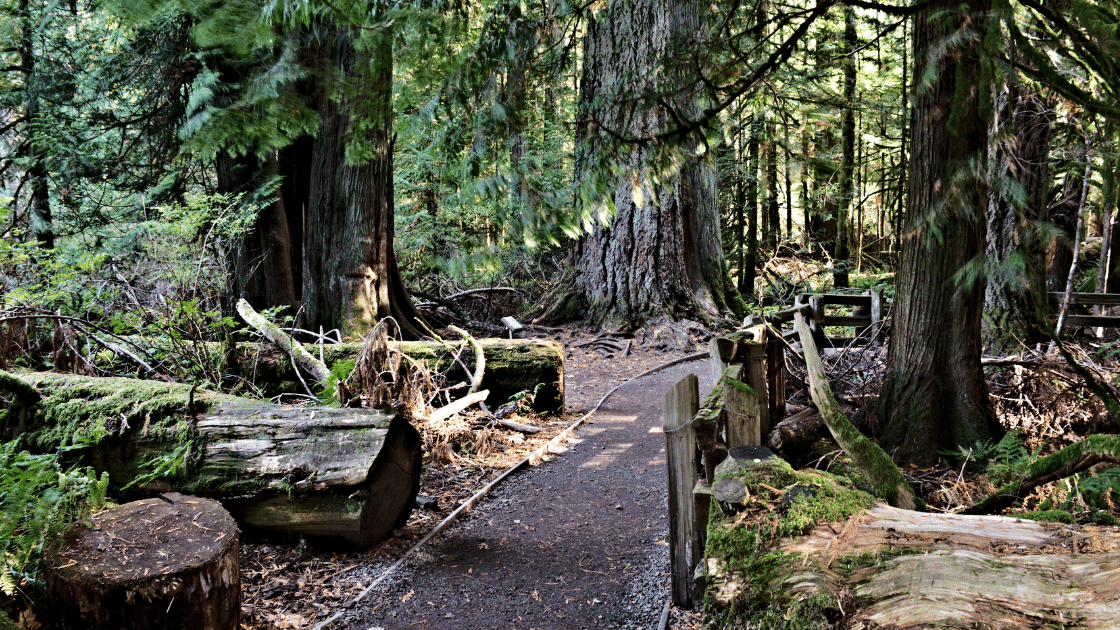Dust to Dust: Deconstructing Decomposition
How long does it take a decomposing body to return fully to the earth? We’re talking old-school decomp, here, excluding processes like cremation in any of its forms. A body is buried in dirt: how long before it becomes a skeleton?
This apparently-straightforward question is, in fact, nothing of the sort. On the surface, it sounds like a relatively simple matter of science, but no – it turns out to be a Pandora’s Box of conditions and contingencies.
On one simple hand, it is true that all human remains decompose following the same sequence of four or five stages. On the other, precise hand – where the details lie – there are about as many routes to decomposition as there are ways to meet one’s demise.
Factors that hasten or impede the rate of decomposition include not only climate, soil composition, pH level, aridity, humidity and weather in general (including temperature and oxygen levels), but also cause of death (such as whether total exsanguination has occurred, and whether the decedent fought or ran for their life, leaving muscles full of lactic acid), body composition, the formation of adipocere, body position, and clothing (what kind, or lack thereof).
And don’t forget the season, or accessibility to insects, as well as the types of insects local to the area of burial. Oh, also: whatever was eaten just prior to death, if anything, affects the gut biome – a big part of the second of the four stages. And that’s not all, but you get the idea.
But other than that, sure, it’s very straightforward.
The stages
Taphonomy is the science of the study of decomposition. The details of the events are more important than the number of stages selected, and some authorities say there are no stages at all, only stage characteristics. Depending on the source you consult, you may see a list of four or five, but both describe essentially the same course of events; the simplified version paints a pretty basic overall picture of how the breakdown of human remains will go under most natural circumstances.
- Fresh (Autolysis) – “Auto-digestion.” As soon as the heart stops, circulation of blood stops, which means no oxygen delivery or removal of waste. Excess carbon dioxide builds up, creating an acidic environment which causes cell membranes to rupture, releasing enzymes which begin to “eat” cells from the inside out.
- Bloat – As enzymes destroy cells, gases are released; body may double in size.
- Decay/Advanced Decay – Sometimes divided into two separate stages. Fluids release from the orifices as soft tissues liquify.
- Dry (Skeletonization) – Breaking down over time of dry remains.
Which “green burial” supports fastest decomp?
Sorry to say, it’s just too relative for a clear winner.
Traditional burial may result in decades of decomposition (embalming, casket, concrete vault or liner). So on the whole, green burial methods will allow remains to decompose most readily comparatively speaking. That much isn’t news. But is the tree pod faster than a burial shroud? What about “Infinity suits”? One of these must be fastest, right?
Really… it depends on the body, and the conditions, and the environment. All things being equal, any unembalmed decedent in a shroud in relatively moist, warm rich soil is probably going to move through the process most easily; temperature matters, bugs matter, exposure matters. Nature, of course, will ultimately take its course whatever impediments present themselves.
But at the end of the day – and I, at least, find a unique sense of comfort in this – our deaths show every indication of being as unique and various as our lives.
That seems fitting, even a little wonderful, to me.




